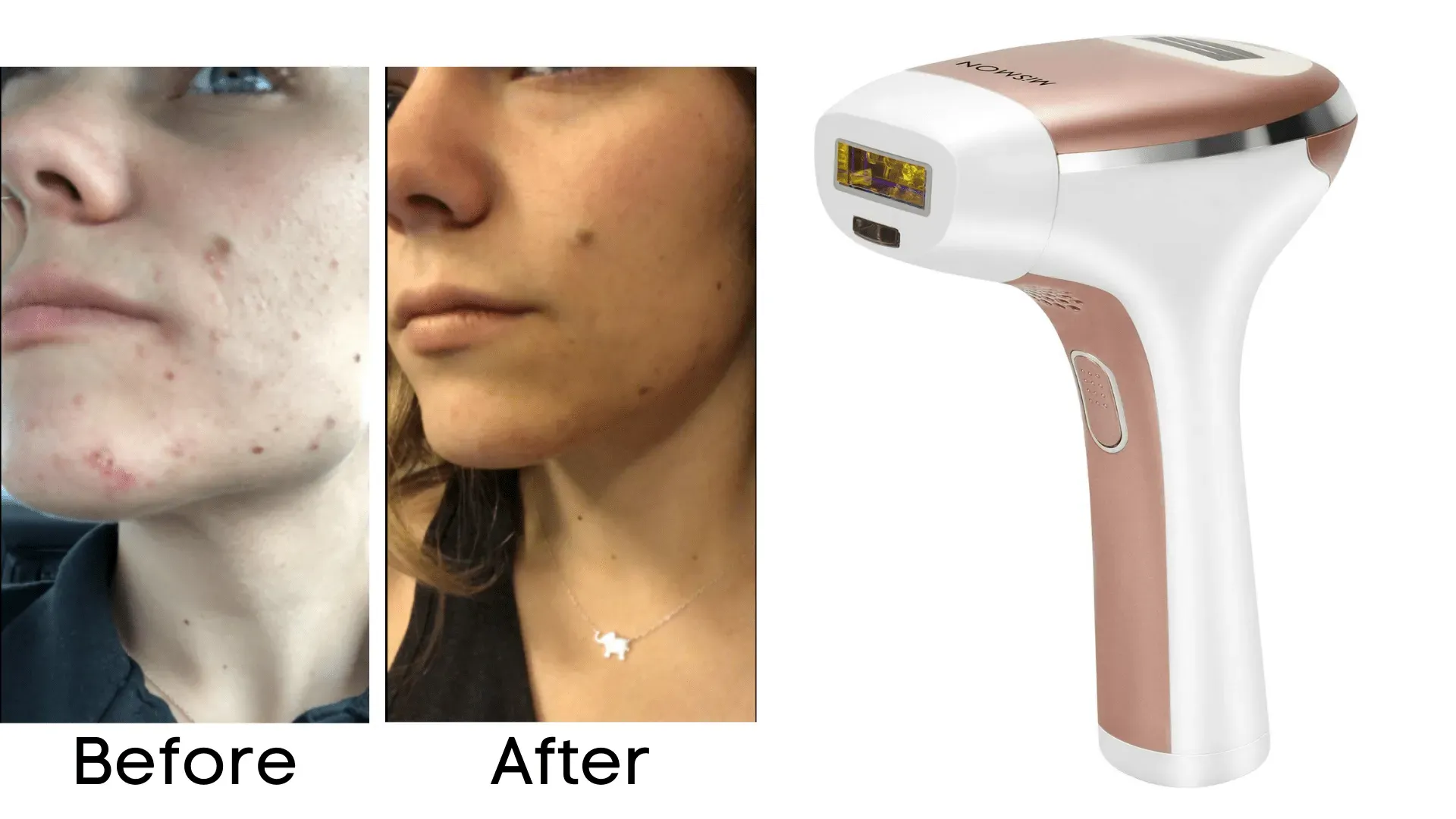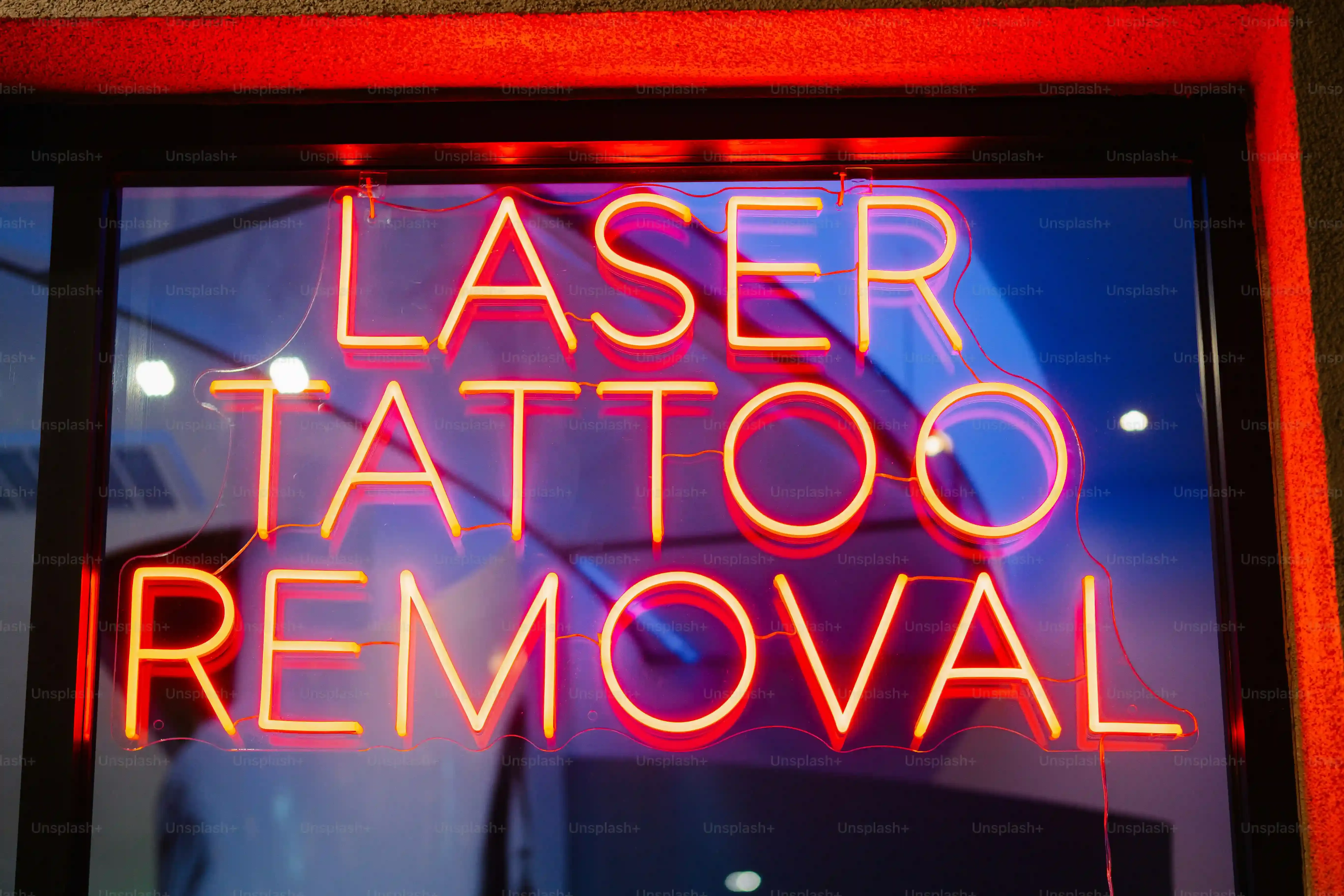Table of Contents
Tired of the endless cycle of shaving, waxing, and plucking? The persistent stubble, the ingrown hairs, the sheer time drain? For many, the quest for smooth skin feels like a Sisyphean task, a battle waged weekly, sometimes daily. It’s enough to make you consider moving to a remote island where body hair is simply... accepted. But before you book that one-way ticket, there's another option gaining serious traction: laser hair removal. It promises a more permanent solution, a way off the hamster wheel of temporary fixes. However, navigating the world of clinics and technologies to find the absolute best laser hair removal for *you* can feel like another daunting challenge entirely. Not all lasers are created equal, and what works wonders for one person might be a waste of time, or worse, a risk, for another. This guide cuts through the noise, helping you understand what truly matters when searching for a clinic that delivers results, not just empty promises.
Understanding Your Needs for the Best Laser Hair Removal

Understanding Your Needs for the Best Laser Hair Removal
Before you even think about booking a consultation or scrolling through endless clinic websites, the first crucial step in finding the best laser hair removal is to honestly assess what you're working with and what you actually want. Are you fair-skinned with dark, coarse hair, or do you have a deeper skin tone with finer hair? This isn't just idle curiosity; your skin tone and hair color are the absolute bedrock of whether laser will work for you, and more importantly, which type of laser is safe and effective. Trying to zap light hair on light skin with the wrong machine is like trying to nail jelly to a wall – messy and completely ineffective. Understanding your specific needs upfront saves you time, money, and potential disappointment, or worse, burns. It's the foundation for making informed decisions down the line.
- What is your natural skin tone (Fitzpatrick Scale I-VI)?
- What is the color and thickness of the hair you want to remove?
- Which areas of your body are you targeting?
- What are your realistic expectations for results?
Key Factors in Choosing the Best Laser Hair Removal Clinic

Key Factors in Choosing the Best Laser Hair Removal Clinic
so you know your skin tone and hair type. Great. Now comes the slightly trickier part: finding a place that actually knows what they're doing. This isn't a manicure; you're dealing with medical-grade lasers and your skin. The clinic's credentials are non-negotiable. Look for places with proper licensing and staff who are certified and experienced specifically in laser hair removal. Ask about their training. How long have they been doing this? What kind of volume do they handle? A clinic that primarily does facials and only occasionally fires up a laser might not have the depth of experience you need, especially if your situation is complex. Also, don't be shy about asking about the technology they use. Different lasers work best on different skin tones and hair colors. An Alexandrite laser is often the go-to for lighter skin, while Nd:YAG is generally safer and more effective for darker skin types. A clinic using outdated equipment or only having one type of laser might not be the best fit for your specific needs, even if their prices look appealing.
What to Expect and Ask During a Laser Hair Removal Consultation

What to Expect and Ask During a Laser Hair Removal Consultation
The Initial Assessment: What the Clinic Does
you've narrowed down a few potential clinics based on credentials and tech. Now it's time for the consultation, which is arguably the most important step in finding the best laser hair removal experience. Think of it as a job interview, but you're interviewing them. When you walk in, they should take a detailed medical history. This isn't just busywork; certain medications or conditions can affect how your skin reacts to the laser. They absolutely must examine the area you want treated, looking closely at your skin tone and hair characteristics. They'll likely use a tool to get a better look at the hair follicle itself. A good technician will explain *why* they are asking certain questions and examining specific things. They should be assessing if you're a good candidate for laser in the first place and which specific laser type (Alexandrite, Diode, Nd:YAG, etc.) is the safest and most effective for your unique combination of skin and hair. If they gloss over this part or seem rushed, that's a red flag waving vigorously.
Your Turn to Grill Them: Questions to Ask
Don't just sit there nodding; this is your chance to get clarity and gauge their expertise. Come prepared with questions. Ask about the specific laser model they plan to use on you and why it's the best choice for your skin and hair type. Inquire about the technician's experience level and certifications. How many treatments do they anticipate you'll need? (Be wary of anyone promising "one and done"). What's the typical interval between sessions? What pre- and post-treatment care do they recommend? Seriously, ask about potential side effects and how they manage them. A clinic that is upfront about potential risks and has clear protocols for handling them is far more trustworthy than one that paints a picture of perfectly smooth sailing. This is also the time to discuss pricing structure – per session, package deals, etc. Don't leave without a clear understanding of the financial commitment.
- What specific laser technology will you use on me?
- How many years of experience does the technician performing the treatment have?
- What are the most common side effects I might experience?
- How do you handle complications like burns or hyperpigmentation?
- What is the total estimated cost for the complete treatment series?
Understanding the Process, Risks, and Reality
They should walk you through the actual treatment process during the consultation. Expect to hear about the sensation (often described as a rubber band snap) and how they manage discomfort (cooling methods, topical creams). They should explain the potential side effects, like temporary redness, swelling, or even blistering or changes in pigmentation, especially if the wrong laser or settings are used. This isn't meant to scare you, but to inform you. Anyone promising zero risk isn't being truthful. Remember that laser hair removal reduces hair growth; it doesn't guarantee 100% permanent removal for every single follicle forever. You might need touch-up sessions down the line. For example, I remember a friend who went to a place that promised "painless" treatment and complete removal in three sessions. Turns out, they were using a lower-powered IPL machine, not a true laser, and she ended up needing way more sessions elsewhere, costing her double in the long run. Finding a reputable clinic like those listed on hairawaybylaser.com that manages expectations is key.
Evaluating Results and Safety in Your Best Laser Hair Removal Journey

Evaluating Results and Safety in Your Best Laser Hair Removal Journey
Checking for Progress After Each Session
you've had a session or two. Now what? How do you know if your quest for the best laser hair removal is actually paying off? Don't expect miracles overnight. Hair growth cycles mean you won't see every single hair disappear after the first zap. Typically, you'll notice hair shedding in the treated area a week or two post-treatment. It might look like stubble, but it's the treated hairs pushing their way out. This is good! You should also see a reduction in the *density* of hair and maybe some patches where hair isn't growing back as quickly or as thick. If you're a few sessions in and seeing absolutely no change, or worse, new growth that looks just as robust as before, it's time to talk to your technician. Good results mean gradual but noticeable changes over the course of your treatment plan.
What signs indicate progress?
- Reduced hair shedding 7-14 days post-treatment.
- Patchy regrowth, indicating treated follicles are affected.
- Finer, lighter hair growing back in some areas.
- Slower overall hair growth rate.
- A decrease in the total amount of hair over subsequent sessions.
Keeping an Eye on Safety and Side Effects
While chasing the dream of smooth skin, safety is paramount. Even with the best laser hair removal clinic and technician, you need to monitor how your skin reacts. Immediately after a session, it's normal to have some redness and mild swelling, almost like a slight sunburn. This usually fades within a few hours to a day. What's *not* normal? Severe pain, blistering, crusting, or significant changes in your skin's pigmentation (darkening or lightening) that don't resolve quickly. These could be signs the settings were too high, the wrong laser was used for your skin type, or proper protocols weren't followed. Don't hesitate to contact your clinic if you experience concerning side effects. A reputable clinic will want to know and should guide you on how to manage them or adjust future treatments. Your comfort and skin health are just as important as getting rid of the hair.
LongTerm Considerations for Maintaining Your Best Laser Hair Removal Outcome

LongTerm Considerations for Maintaining Your Best Laser Hair Removal Outcome
The Reality of Touch-Up Sessions
so you've finished your initial series of treatments. You're feeling smooth, maybe even a little smug about ditching the razor. But here's the deal: while laser hair removal significantly reduces hair growth, it doesn't freeze every single follicle into permanent submission for all eternity, for every person. Hormonal changes, genetics, even just the sheer stubbornness of a few rogue hairs can mean some regrowth over time. Think of it less like flipping a switch to "off" and more like turning the volume way, way down. For many, maintaining that smooth state means occasional touch-up sessions. These are usually less frequent and might target specific areas where new growth pops up. It's not a sign that your initial treatment failed, but rather a realistic part of keeping that desired result long-term. Ignoring minor regrowth can lead to needing a whole new series down the road, which defeats the purpose.
When and Why Maintenance Matters
How do you know if you need a touch-up? It's pretty straightforward: if you start seeing hair return in amounts that bother you, it's probably time. Maybe it’s a few scattered hairs, or perhaps a whole patch decides to make a comeback tour. The goal of the initial series was to get you to a point where any regrowth is minimal and much finer than before. Maintenance sessions use the laser to target these new hairs, keeping the treated area largely clear. Consistency is key if you opt for maintenance. Waiting too long between touch-ups means the hair cycle gets back into full swing, making the session less effective and potentially requiring more energy or passes from the laser. It's about catching those new hairs while they are still in the right growth phase for the laser to be most effective. Think of it like weeding a garden; it's easier to pull a few sprouts than a whole patch of mature weeds.
Sign You Might Need a Touch-Up | Why It Matters |
|---|---|
Noticeable regrowth in previously treated areas | Catching hairs in the active growth cycle is key for effective zapping |
Hair is returning thicker or darker than expected | Indicates follicles are recovering; needs targeting before they strengthen |
You're back to shaving or waxing regularly | The point of laser is to reduce or eliminate these temporary methods |
Protecting Your Investment (and Your Skin)
Beyond potential touch-ups, maintaining the results of the best laser hair removal also involves taking care of your skin, especially from the sun. Laser-treated skin, even after the initial redness fades, is more sensitive to UV radiation. Sun exposure can lead to hyperpigmentation (dark spots) or hypopigmentation (light spots) in the treated areas, messing up your smooth canvas and potentially making future treatments riskier. Slathering on broad-spectrum SPF 30 or higher is non-negotiable, even on cloudy days, if the treated areas are exposed. Keeping your skin hydrated and healthy also helps maintain its overall condition, which can contribute to better long-term outcomes and minimize potential issues. It’s not just about nuking hair; it’s about treating the underlying skin with respect.
Making Your Final Decision for the Best Laser Hair Removal
So, there you have it. Finding the best laser hair removal isn't just about picking the closest clinic or the cheapest deal. It's a process of understanding your own body, asking the right questions, and evaluating credentials and technology with a critical eye. You're investing time and money, and frankly, putting your skin on the line. While the promise of smooth, hair-free skin is appealing, it only becomes a reality when you've done your homework and chosen a place that prioritizes safety and efficacy over marketing hype. Don't settle for vague answers or pushy sales tactics. Your skin deserves a clinic that understands the nuances of different hair and skin types and has the track record to prove it. Make an informed choice, and you might just finally break free from that endless cycle of hair removal.
